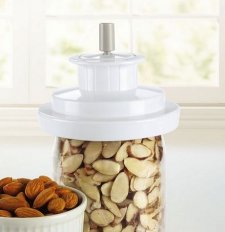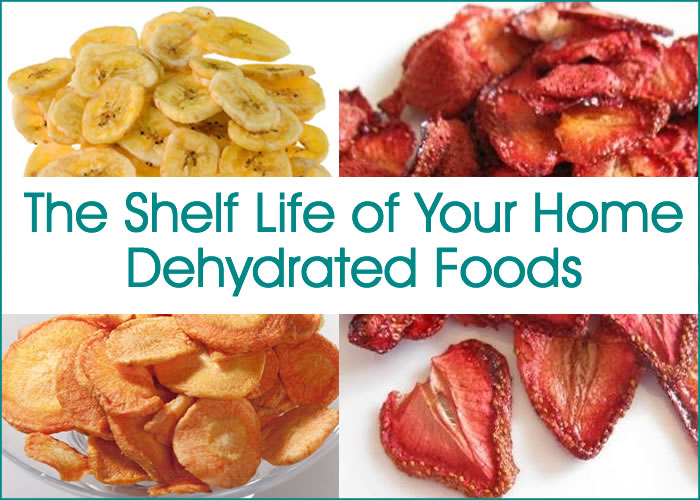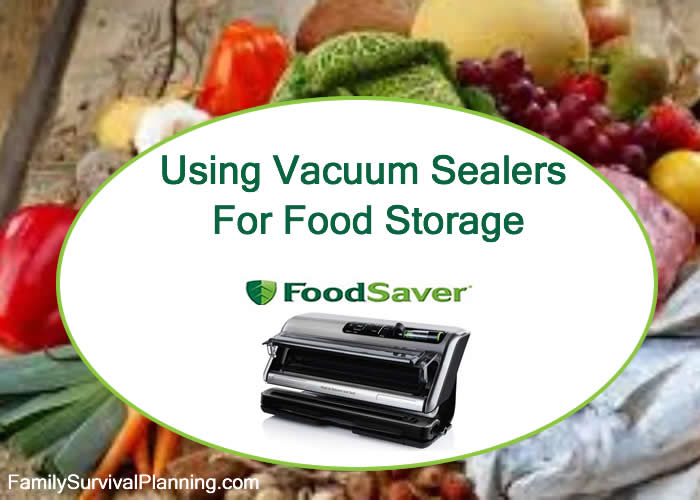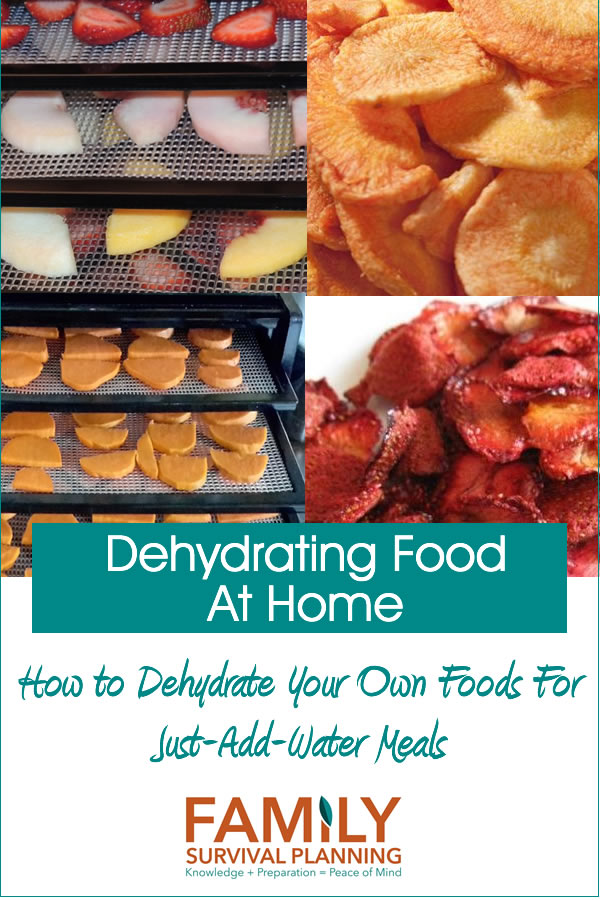
- HOME
- Preserving Food
- Dehydrated Food Shelf Life
The Shelf Life of Your Home Dehydrated Foods
You have used your dehydrator to preserve your own meat, fruits and vegetables and now you have questions.
Invest in emergency food storage now and enjoy peace of mind for the next 25 years. Don't miss out on the savings!
- What is the shelf life of your home dehydrated foods?
- What is the best way to store them?
- How long will they store?
- Which is better - a Mylar bag, FoodSaver bag, or a canning jar?
- Do you need an oxygen absorber also - or not?
If these are questions you've had about storing your dehydrated foods, you've come to the right place.
Long Term or Short Term Storage
You may want your own dehydrated foods to store long term - like 25 years. Properly packaged, the shelf life can be up to 25 years just like store bought (and you know your foods are better than store bought because you preserved them with no preservatives, without high salt content, fillers or chemicals).
But do you really want to store them that long? I personally prefer to eat food stored less than five years, maybe even less. I consider my freshly dehydrated foods as part of my short term, easily rotated food storage that we incorporate into our daily menus.
My long term food preferences are products like wheat, beans, rice, oats, and freeze-dried food, although I do rotate those into our menus also.
Keep in mind also the type of foods that you dehydrate, such as any food with a high amount of fat, like avocados, nuts, or jerky. I would not dehydrate avocados or nuts for that reason. Jerky is great dehydrated, but it still contains a high amount of fat and should be kept in the freezer for long term. (Ours just gets eaten - quickly.)
Most fruits and vegetables and fruit leathers have quite a bit of moisture in them, which, when dehydrated will not be completely dry and crispy - they're usually still pliable. They shouldn't be stored long term - less than a year.
The Enemies of Food Storage
You know what they are: temperature, moisture, oxygen, and light.
All foods stored in the right conditions will have a longer shelf life. Too warm or hot temperatures will break down foods more quickly than a cooler temperature - less than 70 degrees is best and 50 degrees is even better.
Moisture speeds up the formation of mold and decomposition of dried foods. And we know what happens to food when oxygen is present, which is why we use oxygen absorbers and vacuum sealing.
Storage Containers and Methods
To extend the shelf life of dried foods, store them in airtight, insect-proof containers, such as glass (canning jars), freezer bags that are moisture and vapor proof, or vacuum packaging.
Vacuum Sealing
I personally find vacuum sealing the easiest method for extending the shelf life of all foods and especially my own dehydrated foods. I have a FoodSaver Vacuum Sealer and love it but there are other brands available that will do the job.
 FoodSaver Vacuum Sealer
FoodSaver Vacuum SealerI can't count the number of times I use my FoodSaver. I seal meats as soon as I bring them home from the grocery store. I vacuum seal cheese, using a Ziploc-type FoodSaver bag that I can open when I need cheese and seal back up if I don't use the entire block.
I do use the FoodSaver bags that work with the machine, but I prefer to store my dehydrated foods in glass canning jars.
One reason, which you will quickly find out if you dehydrate something like sweet potatoes and seal them in the FoodSaver plastic bags, is that the potatoes are crisp and will puncture the bags.
 FoodSaver Jar Sealer
FoodSaver Jar SealerIn order to vacuum seal dehydrated foods using canning jars, you will need the FoodSaverJar Sealer attachments that fit the top of the jars. There is one for regular-mouth canning jars and one for wide-mouth.
These attachments are a good method for long term storage for home dehydrated foods. (NOTE: This method is not safe for canning of foods that are not dehydrated.)
FoodSaver has other containers you can buy for vacuum sealing foods, such as containers to hold fresh cut vegetables in the refrigerator and specially designed jars to use for storage, but they don't last as long as glass canning jars.
There is one plastic jar you can buy that can be used with any clean used glass bottle that has a rubber ring in the lid. These can be reused to store your dehydrated foods. This particular plastic jar comes in three sizes. If you have a spaghetti jar that is clean and empty, you can fill it with your dried food, screw the lid on tight and put it into the plastic jar that is big enough so that the FoodSaver lid fits tightly. Another attachment hooks into the FoodSaver sealer and the tube hooks into the plastic jar lid. Turn it on and it seals the spaghetti jar inside. Very useful attachments!
Storing Meat or Jerky
Meat or jerky can be stored in glass or vacuum bags, but may keep only for a short period at room temperature because of the fat content - it will turn rancid. Meat is best stored in a refrigerator or freezer for long term storage but will keep quite well for months if vacuum sealed.
Check here for more information on dehydrating meat.
Storing in Mylar Bags
Another option for storing your dehydrated foods is to use Mylar bags. They are ideal because they are rugged, dark, and can be vacuum sealed just like bottles or bags, but do not have to sealed with a sealer. You can just put your food inside, insert some oxygen absorbers and seal the bag and the O2 should suck up the oxygen.
Sealing can be done with an iron or an ordinary hair straightener from the store.
FoodSaver Helpful Hints
Vacuum sealers have pretty strong suction and can sometimes suck particles or moisture into the machine. I've listed some tips to keep your machine humming along.
Keep it Clean
Mine has a removable tray located just past the sealing strip (the strip gets hot!). Particles and moisture collect in that tray and it's easy to take out and wash.
Vacuum Sealing Powdered Foods
If you are vacuum sealing a powder in a FoodSaver bag, the powder can be sucked into the machine. Place a paper towel or coffee filter just inside the bag, then seal it. This also works well if sealing a powder in a glass canning bottle.
The Punctured Sealing Bag
As I mentioned above, sweet potatoes or any other food that dries to a crisp, can and probably will puncture a plastic sealing bag. You can place the food in a brown paper back or use a regular plastic bag and then place it into the vacuum seal bag. That should prevent punctures.
Fragile Foods
Sometimes a vacuum sealer can be strong enough to crush your food. The new FoodSavers have a setting that allows you to vacuum seal without so much force. However, if you don't have that feature, I recommend using glass jars for fragile foods.

















